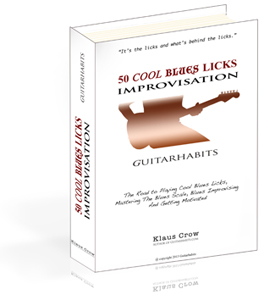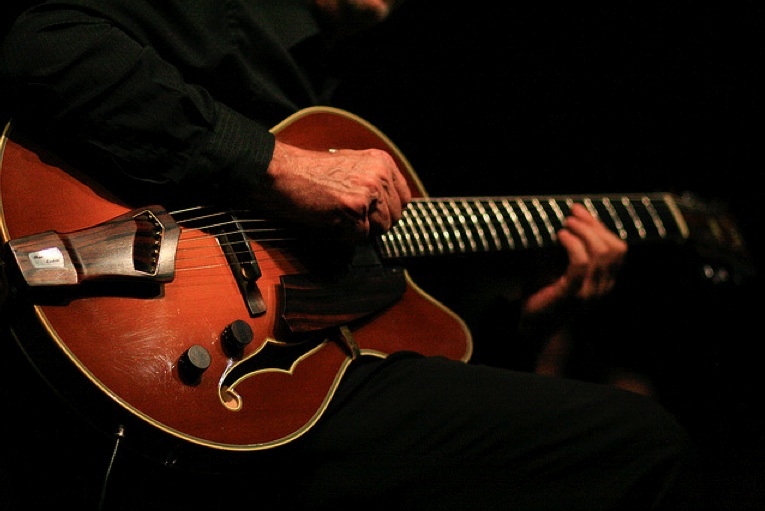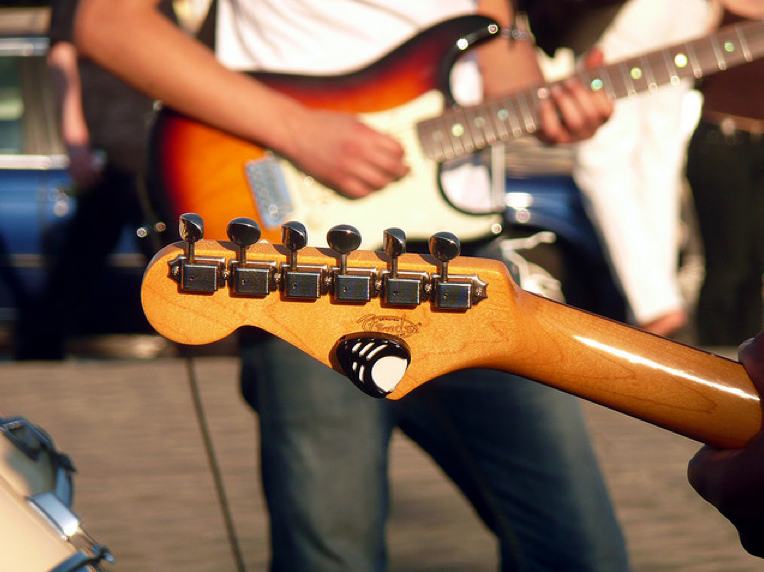Bigstock photo
 The pentatonic scale is an awesome scale. It’s a fairly easy scale and it can be used for almost every style of music: blues, country, pop, rock and more.
The pentatonic scale is an awesome scale. It’s a fairly easy scale and it can be used for almost every style of music: blues, country, pop, rock and more.
That’s why most guitar players use it most of the time. Great nothing wrong with that.
But wouldn’t it be nice if you could add a few notes to the minor pentatonic scale to give it more flavor and spice up your playing?
Well today we’re going to add the major third to the minor pentatonic scale. The major third will bring some happy, fresh and lively color to the table. Adding extra notes to the pentatonic scale is a common thing in soloing and will make your playing a lot more fun and interesting to listen to.
I’ll show you how to play the 5 pentatonic scales shapes / positions adding the major third and 5 licks to spice up your playing.
THEORY
The major third is a musical interval and is the distance between the root and the third note of the major scale. It also consists of four semitones (4 frets).
For example: Continue Reading


